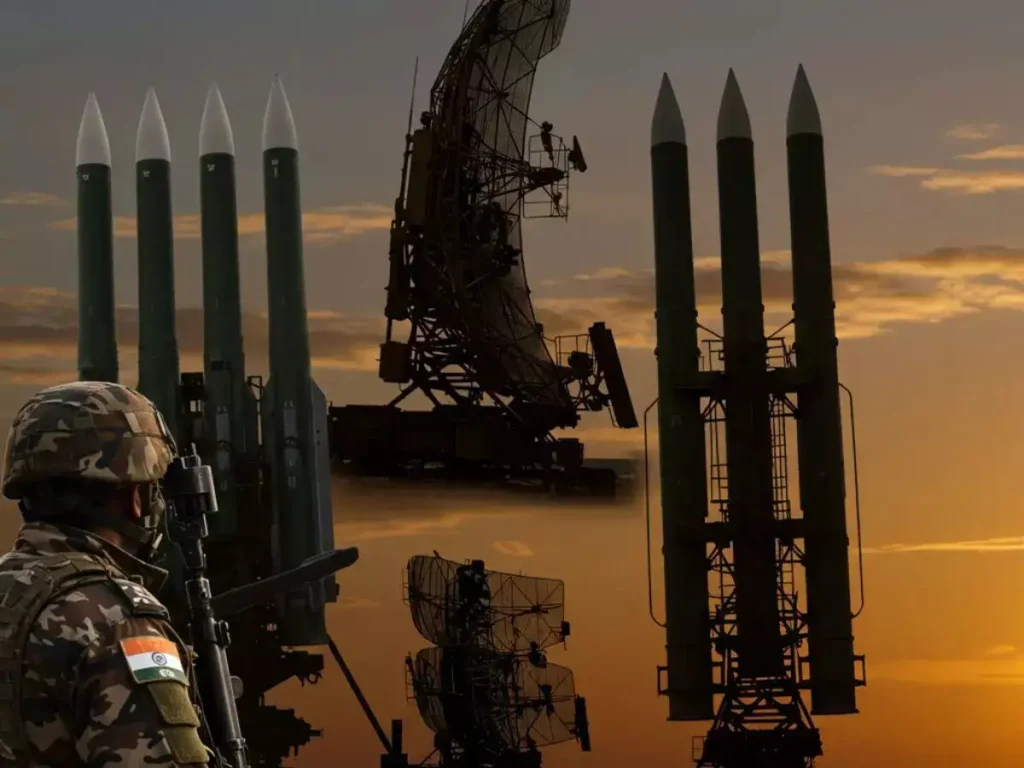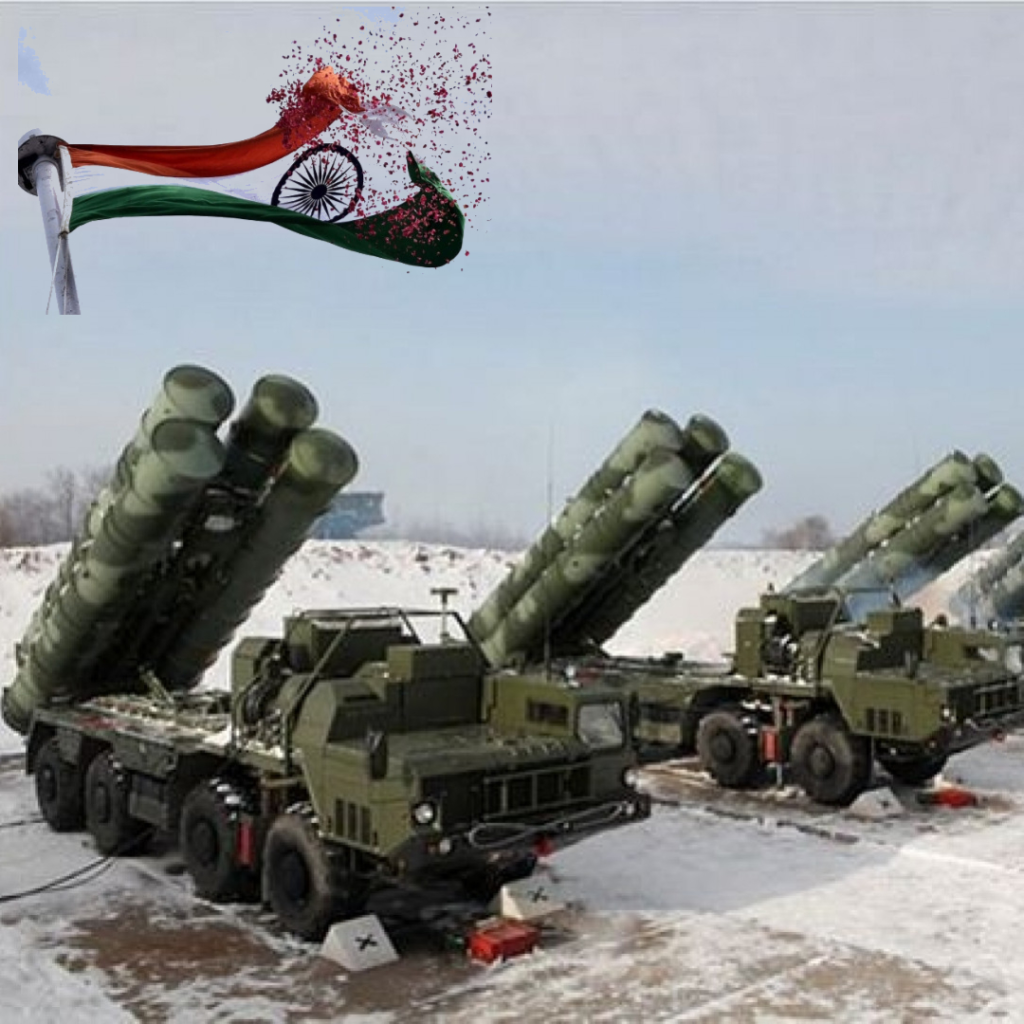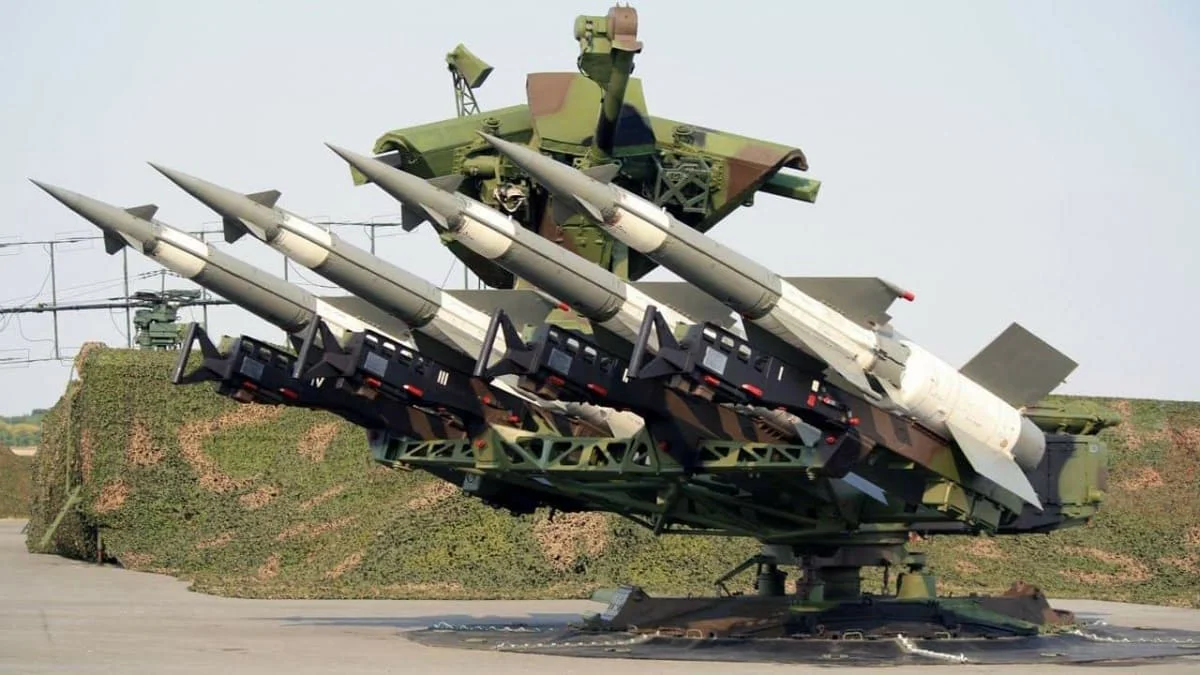

1. Philippines: Strengthening Coastal Defense
The Philippines has taken significant steps to bolster its coastal defense capabilities by acquiring India’s BrahMos supersonic cruise missiles. In April 2025, the Philippines received the second batch of these missiles, following a $375 million deal signed in 2022. This acquisition underscores the Philippines’ commitment to enhancing its defense posture amid regional security challenges.
2. Taiwan: Expanding Strategic Partnerships
Taiwan and India have been strengthening their economic and strategic ties. Bilateral trade reached a record high of $10.6 billion in 2024, reflecting a growing partnership. While specific defense collaborations are not publicly detailed, the deepening economic relations suggest a foundation for potential future defense cooperation.
3. Armenia: Diversifying Defense Alliances
Armenia has significantly increased its defense engagements with India, signing over $1.5 billion in defense contracts between 2022 and 2023. This includes the acquisition of advanced technologies such as anti-drone systems, radars, and air-defense missiles. These agreements mark a strategic shift, with Armenia becoming India’s largest defense supplier, surpassing its long-standing reliance on Russia.
4. Cyprus: Enhancing Maritime and Cybersecurity Cooperation
During Prime Minister Narendra Modi’s visit to Cyprus in June 2025, both nations agreed to expand their defense cooperation, focusing on maritime security and cybersecurity. The discussions included joint naval operations and counter-terrorism initiatives, reflecting a mutual interest in strengthening defense ties.
5. Greece: Deepening Defense and Strategic Relations
India and Greece have been intensifying their defense cooperation, with plans to sign a Defense Cooperation Agreement. This agreement includes joint military exercises and the potential deployment of Greek fighter jets to India. The collaboration also extends to infrastructure projects, with Greek ports serving as strategic entry points for Indian exports to Europe.
India’s Battlefield-Proven Defense Systems: A Showcase of Strength
The keystone of India’s rising defense export appeal is the battlefield-proven nature of its indigenous weapons systems. The recent “Operation Sindoor” stands out as a pivotal example, wherein India’s own Akashteer air defense system successfully intercepted and neutralized multiple aerial threats from Pakistan.
Unlike many defense systems that remain untested in actual combat, India’s homegrown Akashteer has faced real wartime scenarios, proving its reliability and effectiveness. The system’s automation, mobility, and ability to coordinate in real-time with other defense assets make it a modern shield that ensures India’s airspace remains secure against sophisticated attacks.
India’s defense arsenal also includes the BrahMos missile, which has been battle-tested in varied terrains, and the Pinaka rocket system, known for its precision and rapid deployment. These systems contribute to a holistic defense strategy that has demonstrated deterrence and defense capabilities in real-world situations.
Indian Defense vs. Israeli Iron Dome: A Comparative Perspective
The Israeli Iron Dome is often hailed globally as a benchmark for missile defense, credited with intercepting a high percentage of incoming rockets in conflict zones. However, India’s defense achievements offer a compelling narrative of their own, especially considering the challenges faced on the India-Pakistan border.
While Israel’s Iron Dome is primarily a short-range rocket and artillery missile defense system, India’s defense network comprises a layered multi-tiered approach. For instance, the Akashteer system forms an integral mid-range air defense shield complemented by other systems like the Barak missile and the S-400 Triumf, creating a comprehensive protective umbrella.
One of the strongest testaments to India’s defense efficacy is that, despite frequent provocations, not a single Pakistani rocket has successfully breached Indian territory during recent escalations, notably during Operation Sindoor. This flawless record underscores the high level of integration, readiness, and advanced technology deployed by Indian defense forces.
Furthermore, India’s indigenous development fosters adaptability — systems can be rapidly upgraded and customized based on battlefield feedback, ensuring that India stays ahead of evolving threats. The Iron Dome, while highly effective, depends heavily on continued technological imports and external support, whereas India’s self-reliance ensures strategic autonomy.
Looking Ahead: India as a Global Defense Powerhouse
India’s expanding defense export portfolio is more than just a commercial success; it signals a shift in global geopolitical dynamics. By exporting battle-tested systems to strategic partners, India is building stronger alliances and asserting itself as a responsible defense supplier.
As nations grapple with complex security challenges, India’s rise offers an attractive alternative to traditional Western and Russian suppliers. Its commitment to quality, affordability, and adaptability, backed by real-world combat experience, sets Indian defense equipment apart.
With ongoing collaborations and increasing defense diplomacy, it is clear that the world is recognizing India’s capacity not only to defend itself but also to contribute meaningfully to regional and global security architecture.

